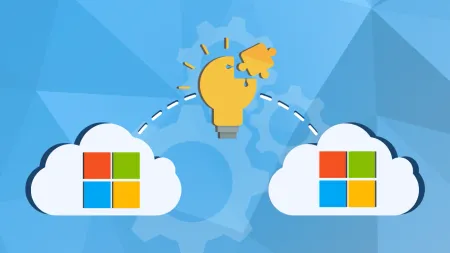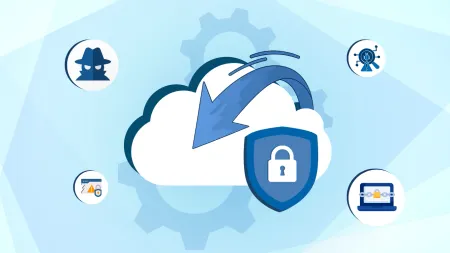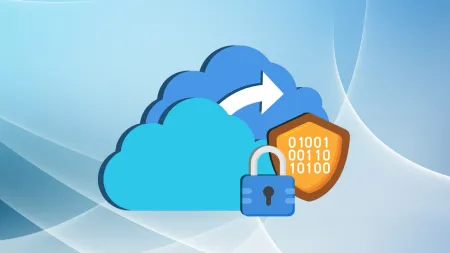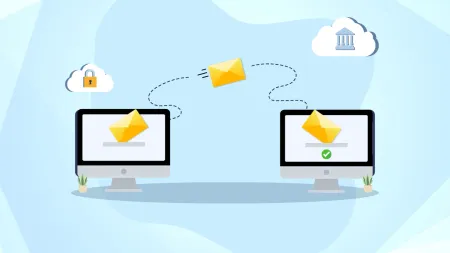Why a Data Road Map Matters When Migrating File Servers
Like most companies you probably have a huge number of files stored on your current system including videos large images spreadsheets presentatio...

Like most companies, you probably have a huge number of files stored on your current system, including videos, large images, spreadsheets, presentations and Word documents. This volume of data can pose a problem when migrating file servers to the cloud. Without a plan, you could end up moving files you don’t need, pushing up your migration and storage costs and creating a poorly organized cloud file system.
Data Road Maps and Migrating File Servers to the Cloud
What Is a Data Road Map?
A data road map is a detailed plan for migrating file servers to the cloud. It includes information about the files you already have, such as their sizes and locations. This plan also outlines how you will migrate the data, including the files you will move first and those you will leave until later in the migration process. A data road map explains where you will put the data in your new cloud-based file system and identifies data you can safely delete. Finally, the data road map explains how users will utilize data in the new system.
Why Do You Need a Data Road Map?
Creating a data road map is the essential first step in migrating file servers to the cloud. Without a road map, your migration is likely to be messy and disorganized, dragging on the migration process and increasing its costs. Conversely, armed with a clear data road map, you can proceed confidently, knowing exactly what you need to do at each stage to ensure all your files end up in the right place.
Cleaning Up Your Files When Migrating to the Cloud
Very few organizations have perfectly organized file servers. It’s likely that some of the files stored on your system are outdated, no longer needed or duplicates of other files. Migrating these files to your new cloud server could cause you to take on added costs, as you will have to pay to store and migrate files you don’t need. Avoid unnecessary costs by identifying and deleting these files in the planning stage. As well as keeping costs low, taking the opportunity to clean up your file system can also improve the organization of your files, making it easier for users to find the data they need in the new cloud-based system.
Getting Help With Your Cloud Migration
If you’ve never handled a cloud migration or you aren’t confident that you can successfully complete every stage of the migration, consider seeking help from a cloud expert. Although bringing in a cloud consultant incurs a cost, it can increase the chance of your migration project being successful, which could help you avoid costs associated with losing important data or having to spend a lot of time fixing problems that arose during the migration.
Cloud experts know how all your cloud systems connect, so they can help you design a strategic plan to store files in the correct locations. For example, a cloud expert can help you decide where to store files within SharePoint, OneDrive or your file server. Part of this process involves auditing how users interact with files to identify documents that are collaborative, as well as ones that are no longer relevant and can be deleted or archived.
Agile IT Can Help
Agile IT is an expert in cloud file server migrations and can help you with every stage of the process, including the initial planning stage. If you need help creating a data road map, get in touch with us today or learn more about our file server migration services.





